The scene seems innocuous enough – an old brick wall crumbles with age. Weeds spring from its dusty base, and a couple of cedar trees peek over from the other side. But the photo, from Miquel Gonzalez’s Memoria Perdida project, holds a secret. Between 1936 and 1956, nearly 4,000 people were executed at this site in Granada by Francoist forces. It isn’t obvious at first glance, but the wall is riddled with bullet holes. Memoria Perdida at the Goethe Institut is one of 62 exhibitions by international artists making up Madrid’s Photo España 2019 (there are around 20 further shows in five other Spanish cities beyond the capital). The festival features exhibitions organised by this year’s curator, Susan Bright, plus affiliated shows in various cultural institutes, the ‘Off Festival’ in galleries and art spaces, and events for photography professionals and members of the public across the city.
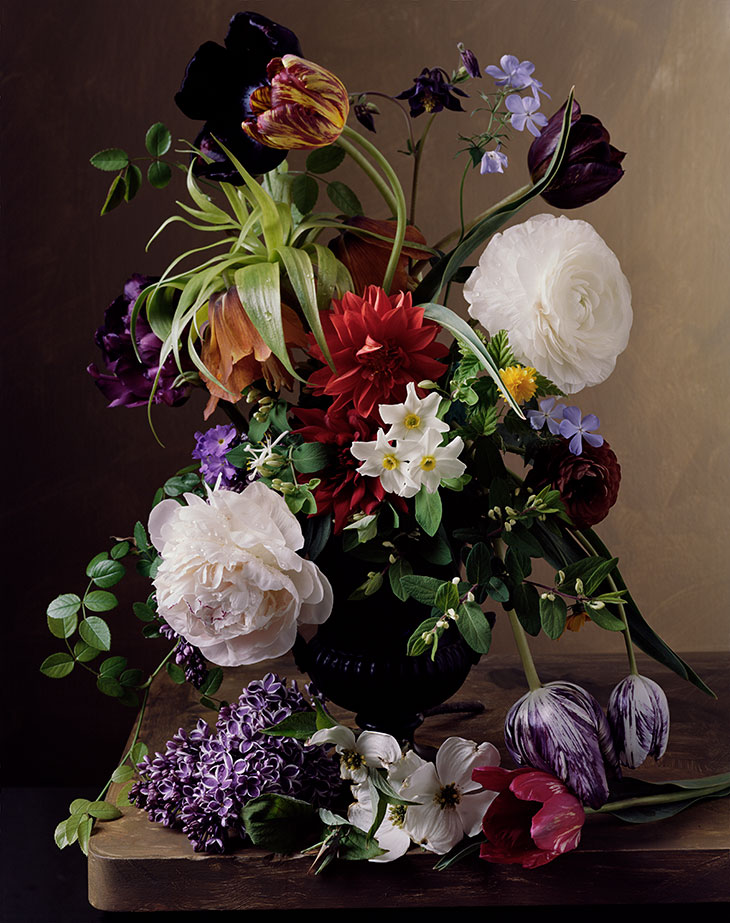
1828, from the series 1606–1907 (2016), Sharon Core. © Sharon Core
This year’s theme is ‘déjà vu’ – the sensation of having already experienced a situation – and a number of the photographers exhibited offer a second look at tropes we’ve seen before in painting. At the Museo del Romanticismo, Sharon Core’s sensuously lit, sharply focused floral arrangements evoke the still lifes of Jan van Huysum and Henri Fantin-Latour, while Laura Letinsky’s sparse compositions of white-hued magazine clippings and food scraps on horizontal tabletops hint at colour-field painting. At Galería Marita Segovia, Pilar Pequeño’s still lifes of ripe fruit on crumpled linen recall the stillness and solidity of Francisco de Zurbarán, and at Galería Materna y Herencia, Pablo Avedaño’s photos of popular European vacation spots consciously mimic the idyllic scenes of 17th- and 18th-century Dutch and Italian landscape painting.
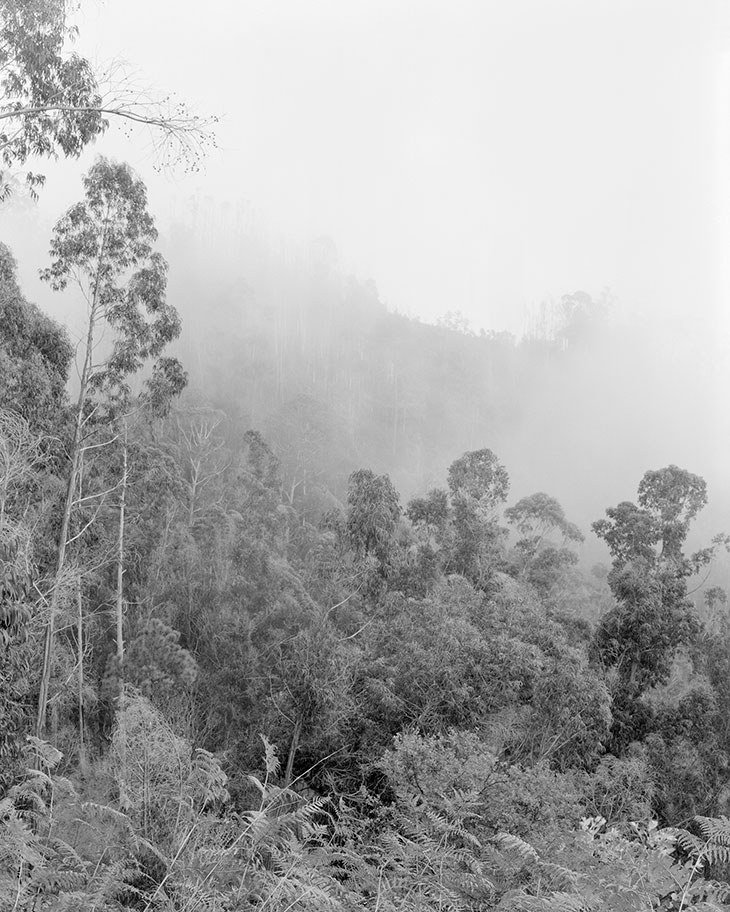
Madeira Island, from the series Endeavour (2018), Clément Verger. © Clément Verger
Endeavour, Clément Verger’s project at the Royal Botanical Garden, explores the impact of eucalyptus, the Iberian peninsula’s most controversial plant. His lush, large-scale black-and-white photographs move from Australia, where eucalyptus originates, to Portugal, where it first entered Europe and now covers around seven per cent of the country. Eucalyptus fuels the Spanish and Portuguese paper industries, but depletes water reserves and biodiversity. Verger’s photos register the recent deadly spate of forest fires that swept Portugal. His airy images are highly detailed but diaphanous, and seem to disintegrate into the smoke-coloured eucalyptus paper they are printed on.
Other exhibitions feature photographs that, as festival curator Susan Bright says, ‘have once been considered but are now cast anew’. At the Fernán Gómez Centro Cultural de la Villa, Délio Jasse presents found photos of two Portuguese families living in Mozambique and Angola in the early 1960s. The scenes capture daily life and family celebrations, but push the non-white people present to the margins, raising questions about identity and archive-building in the colonies. At Casa de América, Joel Meyerowitz’s photos of Málaga in the late ’60s give a sense that time has passed (Franco’s soldiers walk the streets with priests in long cassocks) but also stays still (the optics of Holy Week and flamenco remain largely the same). And at Fundación Mapfre, a retrospective of Berenice Abbott’s career spans her portraits of gender-fluid creatives like Jean Cocteau, Sylvia Beach, and Djuna Barnes in 1920s Paris, her chronicle of New York City in the decade after the Great Depression, and her trailblazing scientific photography for the Massachusetts Institute of Technology.
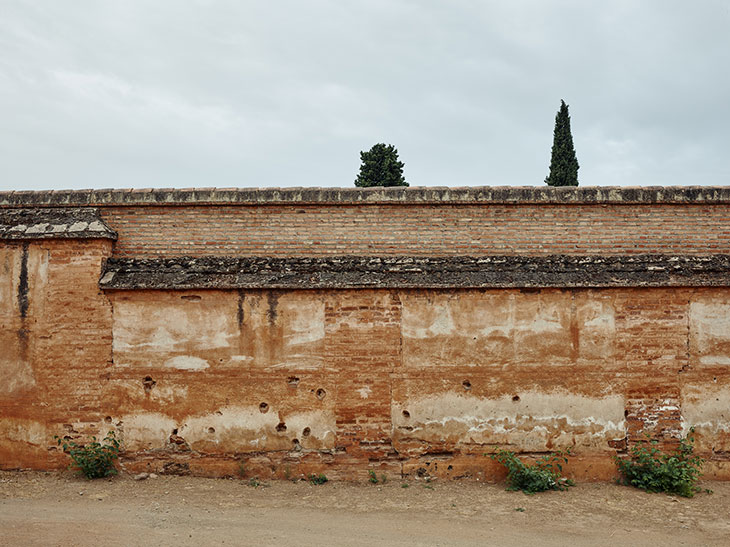
Cementerio de San José, Granada (2016), Miquel Gonzalez. © Miquel Gonzalez
But the show that most disturbingly and urgently embodies a feeling of déjà vu is Gonzalez’s project documenting Spain’s fosas comunes – unmarked mass graves where more than 100,000 citizens were killed and discarded during the Civil War – in excruciating detail. Every stone, leaf, and blade of grass in these abandoned fields, gulches, and walls is accounted for, as if offering evidence of what transpired there. A 1977 law guaranteeing amnesty for Francoist crimes meant that the graves have rarely been excavated or talked about – until now. Today debate rages in Spain about whether to disinter Franco’s remains from their shrine, and the ultra-right Vox party profits from resurgent Fascist nostalgia. The son of Spanish immigrants, Gonzalez grew up in Germany, a country with its own dark past. He reminds us that human history is all around us. It just needs a second look.
PhotoEspaña 2019 is at various venues in Madrid and beyond, until 1 September.
Unlimited access from just $16 every 3 months
Subscribe to get unlimited and exclusive access to the top art stories, interviews and exhibition reviews.

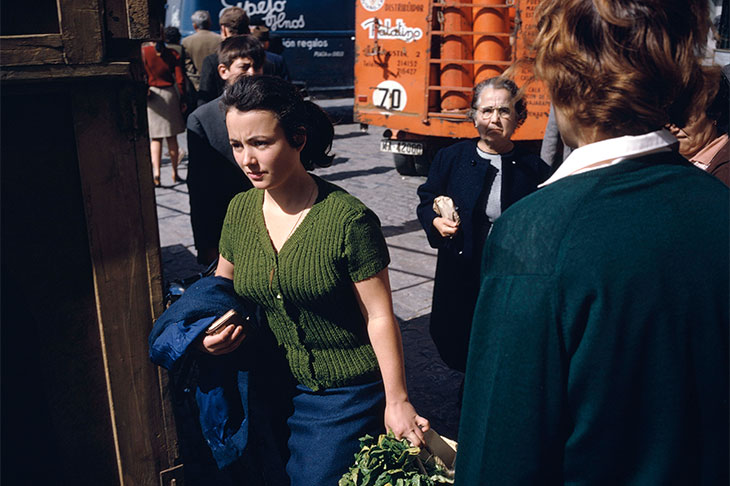
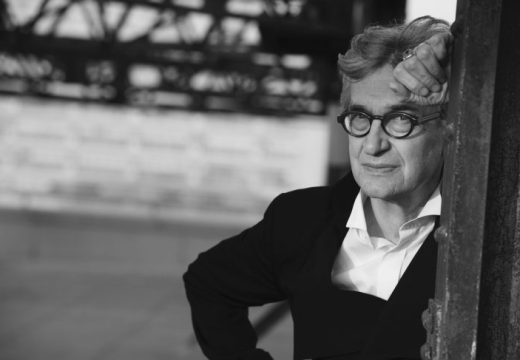
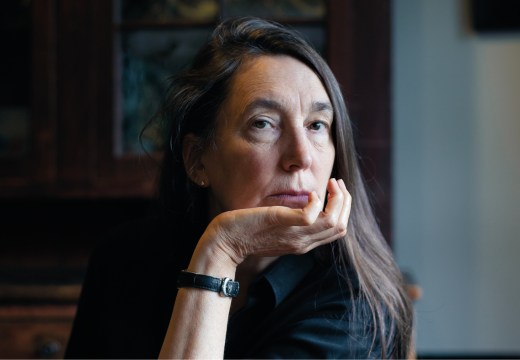
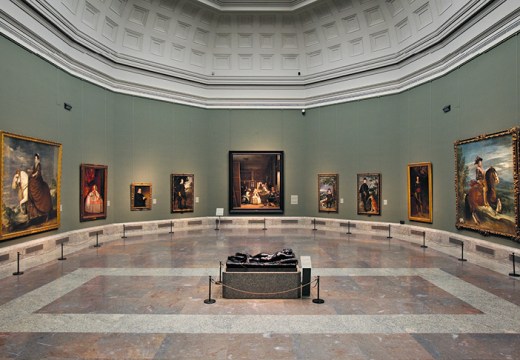









![Masterpiece [Re]discovery 2022. Photo: Ben Fisher Photography, courtesy of Masterpiece London](http://www.apollo-magazine.com/wp-content/uploads/2022/07/MPL2022_4263.jpg)
It’s time for the government of London to return to its rightful home